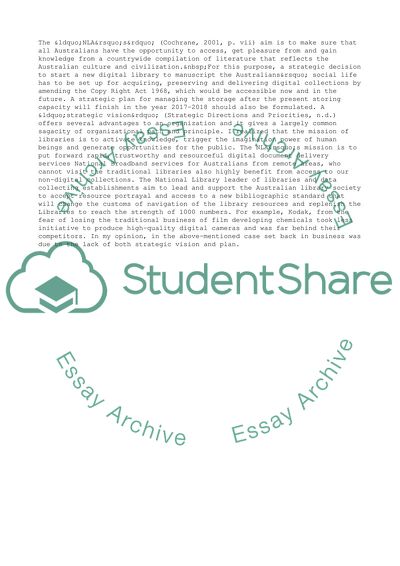Cite this document
(Strategic Direction and the Mission Assignment Example | Topics and Well Written Essays - 2000 words, n.d.)
Strategic Direction and the Mission Assignment Example | Topics and Well Written Essays - 2000 words. Retrieved from https://studentshare.org/management/1836409-strategic-management-reflective-report-study-diarybased-on-subject-modules-questions
Strategic Direction and the Mission Assignment Example | Topics and Well Written Essays - 2000 words. Retrieved from https://studentshare.org/management/1836409-strategic-management-reflective-report-study-diarybased-on-subject-modules-questions
(Strategic Direction and the Mission Assignment Example | Topics and Well Written Essays - 2000 Words)
Strategic Direction and the Mission Assignment Example | Topics and Well Written Essays - 2000 Words. https://studentshare.org/management/1836409-strategic-management-reflective-report-study-diarybased-on-subject-modules-questions.
Strategic Direction and the Mission Assignment Example | Topics and Well Written Essays - 2000 Words. https://studentshare.org/management/1836409-strategic-management-reflective-report-study-diarybased-on-subject-modules-questions.
“Strategic Direction and the Mission Assignment Example | Topics and Well Written Essays - 2000 Words”, n.d. https://studentshare.org/management/1836409-strategic-management-reflective-report-study-diarybased-on-subject-modules-questions.


